
Remember perms? If you’re already blessed with a head full of textured hair, probably not. But many of the straight-haired ladies among us know that it was a rite of passage for some experimental middle-schoolers in the ’80s and early ’90s to waltz into their local salon and request a chemically altered head full of curls. Unfortunately, our dreams of bouncy ringlets more often than not devolved into a pile of fried, frizzy hair that stuck around until it either fully grew out or you chopped it all off. Not ideal. But what if you still wanted to add a little bit of a wave or curl to your hair, or simply give it some much-needed body?
Lucky for you, the once ubiquitous treatment has come a long way in the last three decades. New chemicals were developed to alter the hair shaft that are much less damaging, so that you no longer have to sacrifice your hair’s health in order to achieve the textured look you crave. Best of all, new perms can give you a much more tousled, bed-head type of effect rather than a perfectly coiffed curl. It may even make your hair routine easier in the long run. To learn more we consulted Briana Dunning, a hairstylist at STRIIIKE salon in L.A. Dunning, who specializes in the type of treatment, shared exactly how far the perm has come and why it may just be the perfect low-maintenance way to change up your look for spring.
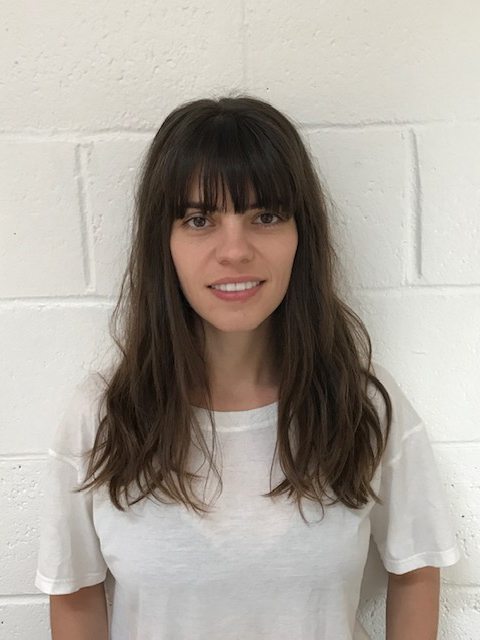
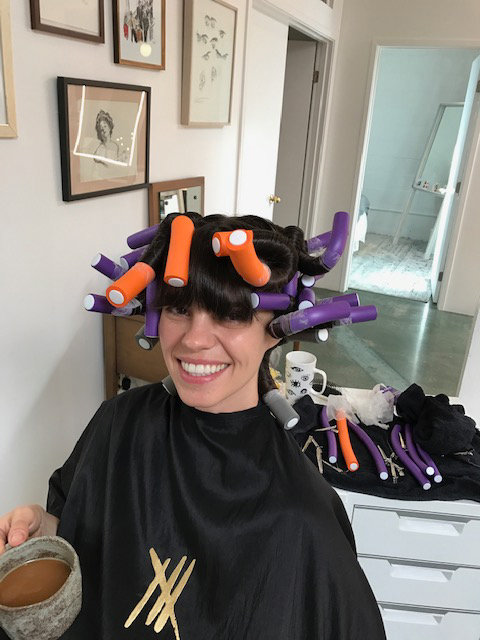
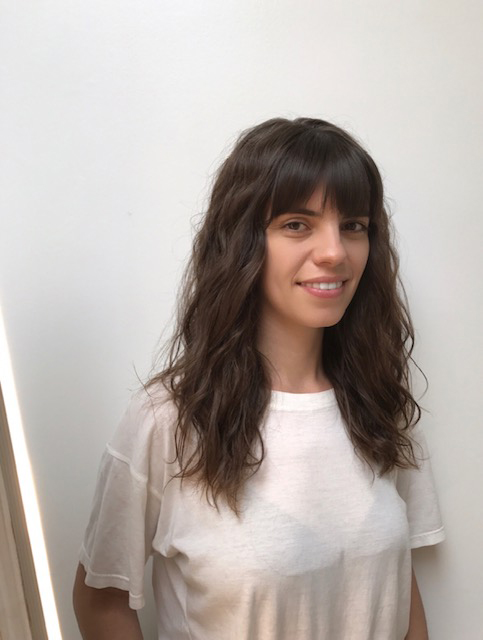
Perms 101
You might recall the rather horrifying smell of getting your hair permed in a salon, but what exactly was happening with all those curlers and chemicals? “A perm is short for permanent wave,” explains Dunning. “Back in the ’80s, the way a perm was achieved was with a chemical called ammonium thioglycolate [recall Elle Woods’ courtroom breakthrough] that worked deep within the cortex and made the curl last for a very long time, sometimes until it was cut out. This formula was super harsh on the hair, leaving it dried out and frizzy, but that wasn’t necessarily a bad thing because it gave a lot of texture, so you could tease it way out.” Current texturizing techniques now use a chemical called cysteamine hydrochloride, which works at a lower pH than ammonium thioglycolate, so it’s much gentler on the hair.
Perm Popularity
We can all recall photos, either of ourselves or a friend or family member, who proudly rocked a head full of permed curls in the ’80s and ’90s. As Dunning explains, “Perms were very strong, giving the foundation needed to emulate the big styles and hyper-textured looks of the time.” But once the hand-held flat iron debuted in the mid-’90s, pin-straight hair became the new hot hair trend, and supersized faux curls were regulated to the sideline.
Happily, that tide has turned in the last decade, as curls and waves are celebrated more than ever before, and brands have developed hundreds of new products to help them look their best. “That has given the perm a platform to shine,” says Dunning. “The new version of perms [has] evolved to emulate the style and texture that people want today, giving a beautiful, effortless look that requires minimal styling.”

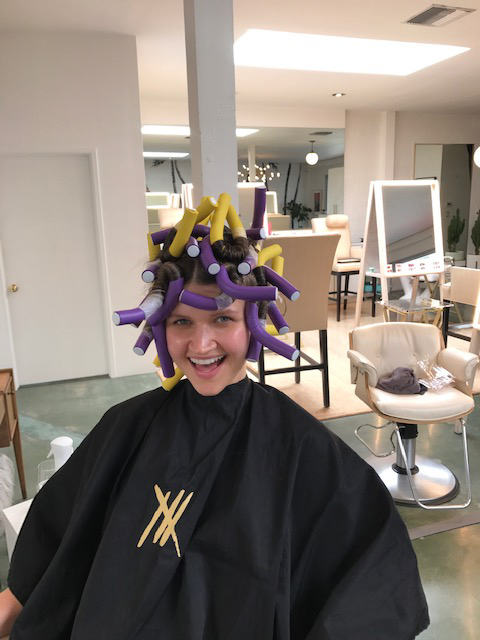
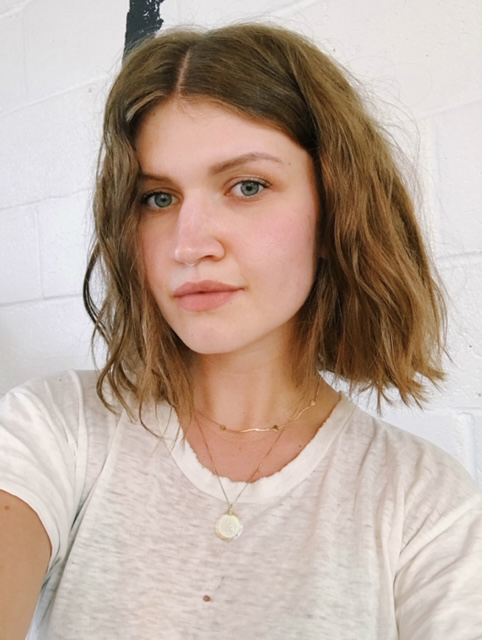
Perms Then vs. Now
The damaged, ultra-tight, and teased curls of the ’80s had their moment, but the treatments of today deliver a much subtler texture. Says Dunning, “The perm we are doing today should be called more of a semi-perm. It works more on the outer layers of hair and leaves hair with a slightly more textured feel, almost as if you have a little salt spray in it. It’s also easier to style and in most cases can air-dry in a cool, effortless way. If you prefer to blow your hair out, it helps your style last longer. The New Wave, as we call it at STRIIIKE, also grows out very nicely and simply fades over time, leaving no harsh line of demarcation.” That means if you grow tired of your newly textured hair, the grow-out process is much more forgiving (and you don’t have to resort to a super-short haircut to get rid of it).
Individualized Results
When you went into the salon for a perm back in the day, you were essentially receiving the same treatment as the girl next to you, no matter your natural thickness, texture, face shape, etc. Dunning explains, “Perms of old just used a simple sectioning pattern with hard plastic rods which gave essentially the same results every time.” The method she and her team uses is meant to look more like your natural texture and is much more individualized. “We are using specialized foam rollers and customizing each sectioning pattern for the best, most natural-looking result.” The entire process takes about 2–2.5 hours—hardly any time at all, if you compare it to other hair-altering treatments like a double-process platinum.
The results can last anywhere from three to five months, and if you love the effect of your treatment, Dunning recommends coming in about twice a year for a refresh. “If you want to try it one time and never do it again, that’s also a possibility, because it grows out so nicely.” Commitment-phobes, this might be the perfect way for you to change up your look.
However, the stylist does caution that not everyone is a good candidate for a perm. “If your hair is too damaged from heat styling or colored with bleach, we can’t perform the treatment. We have a questionnaire that clients fill out ahead of time to determine if we can perform the wave on them, or we do an in-person consultation beforehand so that they leave with the best results possible.”
Photos: Courtesy of STRIIIKE; Top photo: Getty
Want more stories like this?
Expert Tips for the Best Curls of Your Life
Read This Before Dying Your Roots at Home
How New York Pilates Founder Heather Andersen Maintains Her Platinum Hair


0 Yorumlar